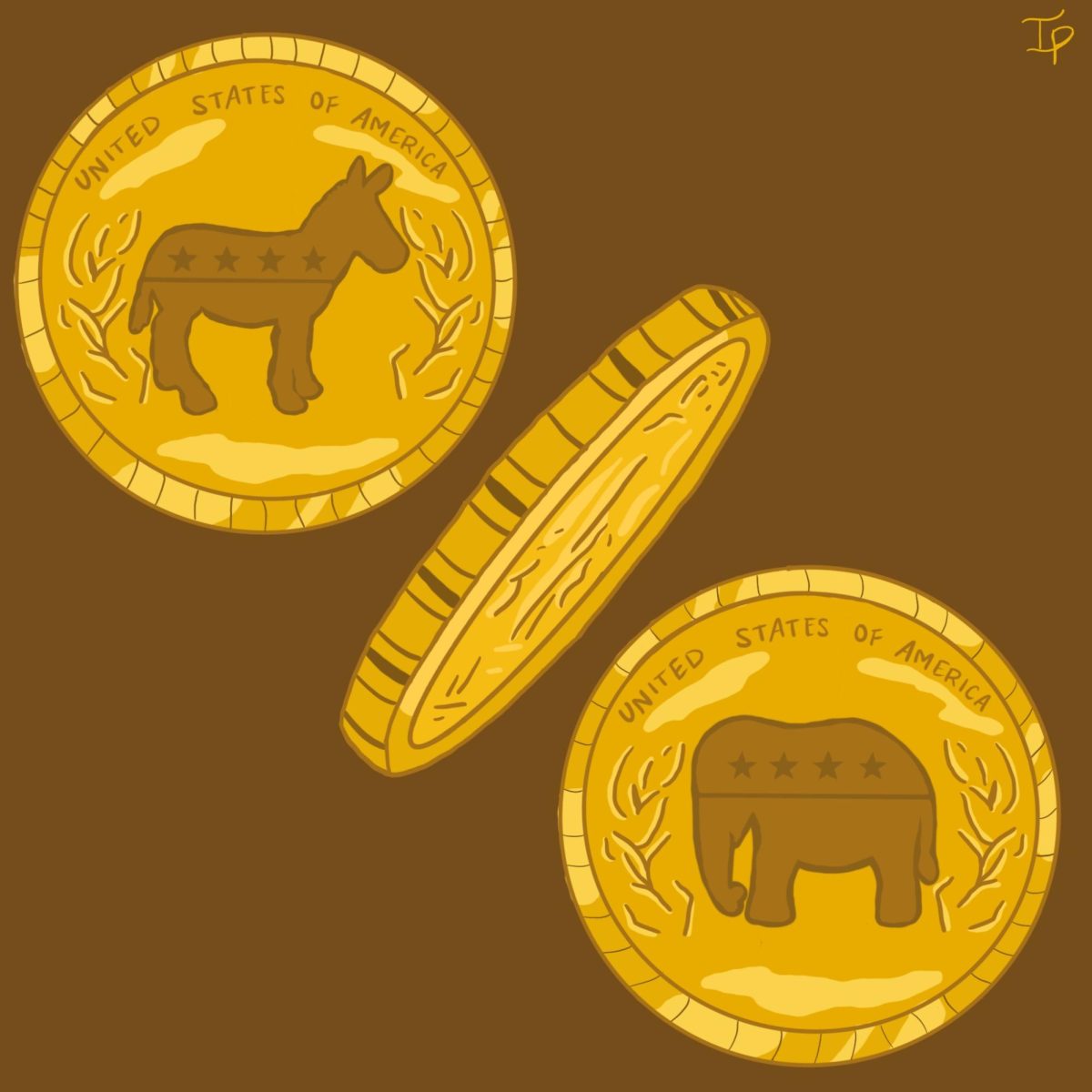Artists scavenge, surf web for inspiration
November 21, 2010
Everything is changing these days, including the way artists approach their artwork. “SCALE: Aesthetic Turbulence and the Search for Lifestyle Panacea”
SPACE Gallery
812 Liberty Ave.
412-325-7723
Nov. 19 to Feb. 6, 2011
Free admission
Everything is changing these days, including the way artists approach their artwork.
The “SCALE” exhibit, presented by the Pittsburgh Cultural Trust, attempts to look at ways people can both live and create artwork during an economic downturn. Guest curator Ally Reeves had this exhibit in mind for two years and wanted to bring together artists that she liked from around the area — but first she had to find the “vein of continuity” between each artist.
“The basic idea is that all of these artists have a practice that is a type of creativity that is close to their lifestyle,” Reeves said. “So even in times of hardship they are able to create work, because materials come from salvage sources or because the art helps them make money or relax in some way.”
“SCALE” offers a variety of artistic mediums, including photography collections, woodcarving, silk printing and video.
One of the pieces is a working shower with a wooden frame and a canvas that drapes around the person who uses it. The piece was put together by sculptor Derk Wolmuth using more than 80 percent salvaged materials.
Wolmuth, a Canadian with a background in woodworking, considers himself a non-medium-specific artist.
“The idea behind the shower is that since this is a show about living on margins and somehow not in the standard way, this is a place people can come to use the shower,” Wolmuth said. “It’s a straightforward functioning shower.”
The shower plays around with the “thin line between being homeless with a shower and homeless without a shower,” according to Wolmuth, who wanted to explore the idea of living without an apartment and a place to go.
The entire “SCALE” exhibit considers this type of simplification and explores the essence of who and what people are, he said.
As for his shower, it’s open and available to the public.
“People could just come down and get a hot water shower here in the gallery,” he said. “It offers some closure and privacy with the canvas, and after it you can just relax and enjoy feeling clean in an art gallery. It’s something new.”
Freelance artist Teresa Foley, who is also featured in the exhibit, explored the world of online dating.
She put together a two-part exhibit featuring a clothesline with clothing she drew imitations of men onto, and a TV running slides explaining the significance of images men post online. Her exhibit, “m4w” (men for women), is part of her ongoing research into the kinds of images men post on Craigslist for dating purposes.
Foley noticed that on dating sites women will usually post a simple portrait of themselves, but men do several different things.
“Sometimes they’re sexually explicit and sometimes they’re something sweet, like a guy with his poodle,” Foley said. “Sometimes they’ll even post something they like, like a nature photograph or a beer. So the video is a slideshow categorizing those photographers.”
Foley is using this project as a gauge to look at men’s usage of pictures.
“Artists often look at references for new work, so this is my taking a look at and presenting back to our culture in Pittsburgh in terms of what men are doing with photographs,” Foley said.
Foley also teaches people around the city about media literacy and works with film festivals. For her, technology-based mediums allow her the most feedback, which is what she wants to see.
“I discovered I want to have a conversation of some sort,” Foley said. “That was how I got into doing art. As for picking this content, some of my best boyfriends have been from Internet dating … So for me, this has a bit of laundry out to air and dry, and it plays with the idea of women’s work, and the images of masculinity are being turned into something feminine.”
As for “SCALE” overall, Foley said she felt excited to see how people would react to an exhibit that explores not just certain topics, but the artists themselves.
“That’s partly what this show is about,” Foley said. “How do artists live and survive? What are their contributions? Do things have to be the accepted way or do artists sometimes get to change that and open up new ways of thinking and doing for people?”
As for Reeves, the projects show a collection of creativity, and this is what she wants to see.
“I think it’s encouraging for people to see people without very much, but who are creative,” she said.


